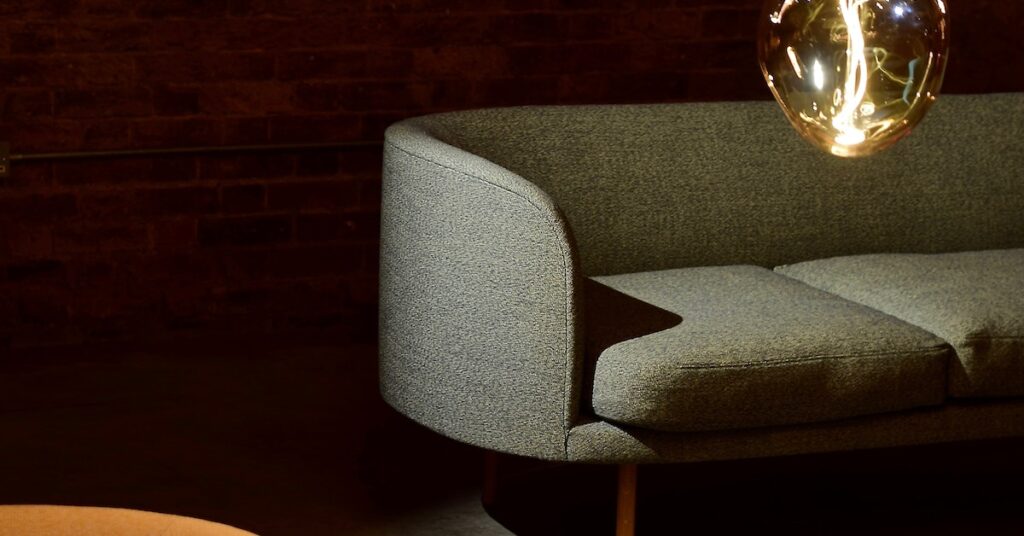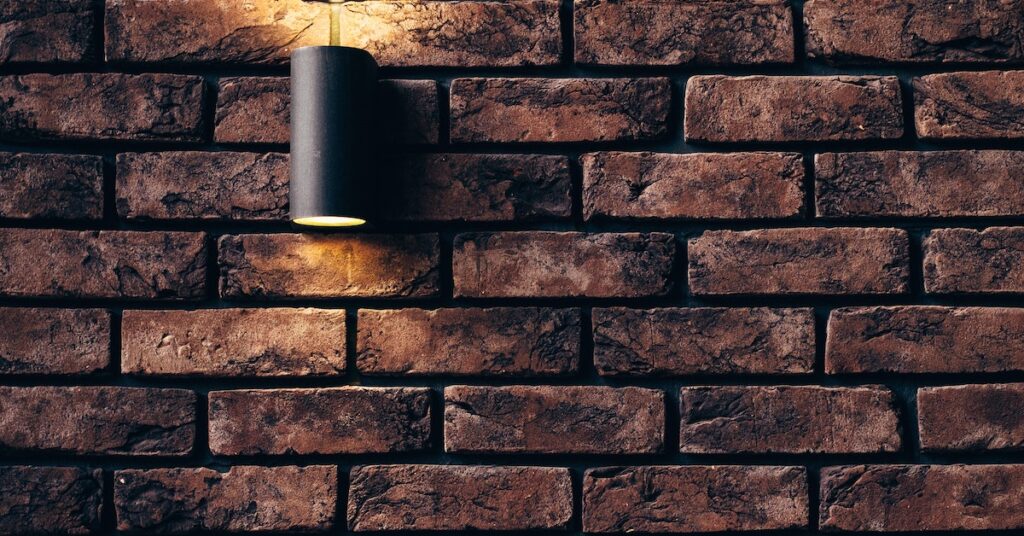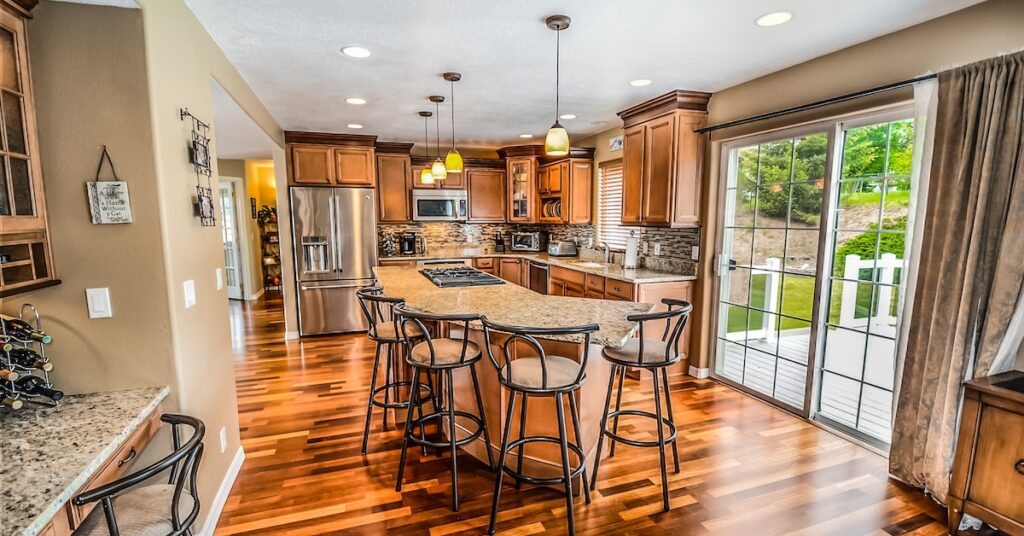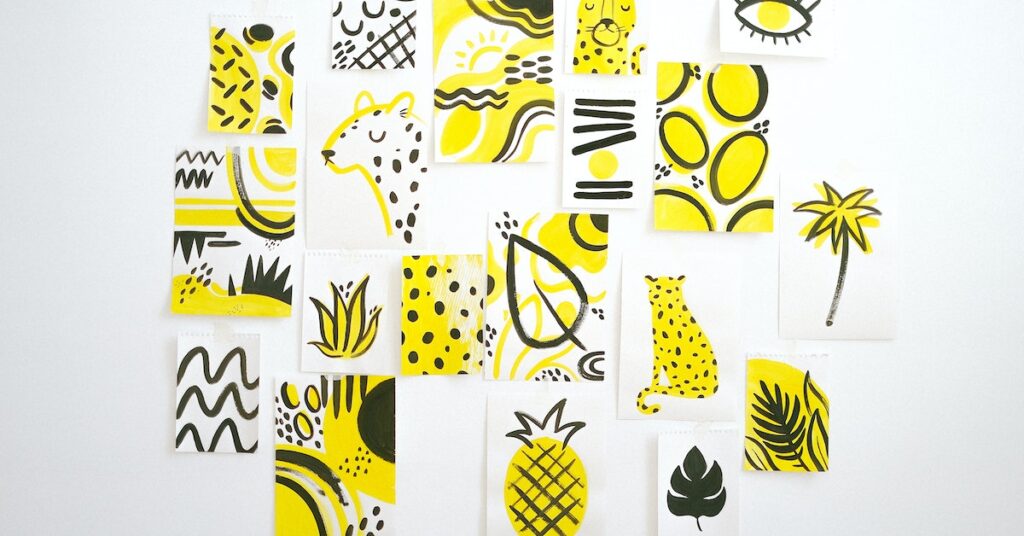There are a few different types of drawing perspectives. These include Linear perspective, Vanishing point perspective, and One point perspective. These can be useful depending on your specific needs. You can choose to draw in one point, two points, or any combination of these. Here are some examples. One point perspective is the most common and used by artists when drawing rooms and interiors.
One point perspective
A simple way to draw a room in one point perspective is to use a grid to build up your drawing. Use this to determine the width and height of your windows, columns, and other floor features. Once you have the proportions of your room, you can start shading. Next, you can use the grid method to place details and objects. Make sure to keep the lines in perspective and thin to avoid overpowering your drawing.
The vanishing point of one point perspective drawing should be the center of the drawing. If you place it at the edge, you will only be able to draw the edges of the room, and will not be able to depict hallways. But, if you put the vanishing point in the middle, you will be able to draw the whole room, including hallways.
One point perspective can be a subtle or dramatic technique. It can show a row of trees or people. It can also depict a simple room with a door and windows. It can be helpful for teaching students to understand perspective, particularly if they are older elementary students. It can be a good way to introduce new concepts, and many older students love to learn new techniques.
Whether you’re drawing a room or an entire building, one point perspective is an ideal technique to capture the nuances of the interior. The main benefit of one point perspective is that it is more versatile than other drawing techniques. It can be used for any room in a house, or for an office.
Two point perspective
In drawing a room, two point perspective is very important to get the correct view. It allows you to see the interior and shape of the room in three-dimensional space. It is useful for interior designs and artworks. It can be used to draw the interior of a room, as well as for architectural renderings.
The first thing that you need to remember when drawing in two-point perspective is the vanishing point. You should not place the vanishing point too close, as it will make the image look squished. The next step is to place the horizon line. To create the horizon line, place two dots a good distance apart on the ruler.
After learning about two-point perspective, you can apply it to other drawing techniques, such as creating collages. Then, you can color or shade your images according to the scale. You can also use the light table to make sure that your collage cuts fit in the perspective areas. Two-point perspective is a very useful tool to help you create more realistic-looking images.
One-point perspective is also very useful when drawing interiors. You can use it to draw interiors with a flat ceiling or a curved surface. When drawing interiors, you can draw objects from various angles and position them in three-dimensional space. Unlike one-point perspective, two-point perspective is more effective when you want to capture details in an interior.
Two-point perspective has a few limitations. One disadvantage is that the sides of a building may not align perfectly with each other. If you position them too high or too low, they will distort.
Vanishing point perspective
When you’re drawing rooms, vanishing points are important to use correctly. You’ll want your point to be near the middle of the drawing, not on the edge of the page. Drawing on the edge of the paper limits your ability to portray an entire room or hallway. If you place your point near the center, you’ll be able to show the entire room and its hallways without using any perspective lines.
Once you’ve found your vanishing point, you need to connect it to the other lines in your drawing. You can do this by using orthogonal lines and connecting them to the transversal lines. This will help you create the unknown sides of your structure. Another way to do this is to draw a vertical line and place it at the back of the room.
One point perspective is a simple technique for creating a three-dimensional image. It mimics the effect of perspective in the real world. As you draw farther away, the objects become smaller. This style is very effective in rendering complex scenes. However, it requires a basic understanding of perspective to be effective.
Using one point perspective on a drawing can be subtle or dramatic. It can be as simple as a straight line of people or trees or as complex as a room with a door and windows. It’s best to use a guide to learn how to create the right look.
When drawing a room in perspective, you’ll want to locate the vanishing point. This is the point on the horizon line where the horizontal lines on the other sides of the building will meet. Using this technique will help you create a more realistic drawing.
Linear perspective
Linear perspective is an important element of artistic drawing. It is used to create an illusion of space. It can be confusing and intimidating to artists. Fortunately, there are several simple methods for mastering it. First, understand what linear perspective is and how it can benefit your drawing. Then, learn a quick drawing exercise that demonstrates the fundamental principles of linear perspective.
When you want to learn how to master linear perspective, you can practice drawing with clear plastic. You can draw a horizontal line, an X, or a grid line on the plastic. Then, hold the piece of plastic up to your drawing, and use it as your reference for angles. This will help you train your eyes to recognize angles without plexiglass.
Another simple technique for learning about linear perspective is to create a drawing of a room with one point of view. This allows you to practice dividing surfaces into equal spaces. You can make this exercise as difficult or as easy as you want. You can even try adding furniture, doorways, and windows to your drawing. This will help you learn about perspective, as well as the different elements of a room.
You can practice linear perspective by drawing a straight line of trees, people, or objects from the outside. In this way, you can establish the vanishing point and horizon line of the picture. This technique is especially helpful for older elementary school students, who like to learn new concepts. It is best to have a guide to help you master this technique.
One-point perspective is a technique that is most common in drawing rooms. It is used to represent objects viewed from above, with the audience looking down at them. It is commonly used in drawing landscapes, roads, and drawing rooms. It is also compatible with two-point perspective.
Reference grid
When drawing in perspective, you can use a reference grid for judging scale. It can help you determine distance, size, and difference in size. You can use a reference grid to measure and sketch a room. This will help you create a realistic image. You can draw the ceiling and walls in a perspective drawing, too.
You can place the Horizon Line in the middle of the picture, or below it. Then, place the Vanishing Point somewhere along the Horizon Line, which represents the point where the picture is the farthest away. This point is a crucial part of drawing in perspective. You can also draw in Transversal Lines, which are used to draw right angles and rectangles along the grid.
Another common way to draw in perspective is with a cardboard box. This technique works well for creating the same perspective as you would with a 3-D object. It’s also useful for illustrating the depth of an object by determining the horizon line and vanishing point. This will help you visualize the volume of the object.
To draw in perspective, use a soft-lead pencil. This will help you visualize the floor, walls, and ceiling. You can also use the diagonal grid lines to add furniture and other items to the room. You can also use 3D shapes to create more complex pieces of furniture. For example, a rectangle can be used to build a table, bed, shelves, or sofa.
Another way to draw in perspective is to use a viewfinder, or a draftsman’s net. This will make direct observational drawings much easier. However, you should be sure to make sure that your grid has the same proportions as the drawing surface. If not, your image will look distorted and less appealing. You can even make a simple draftsman’s net with a cardboard hole and some thread.








